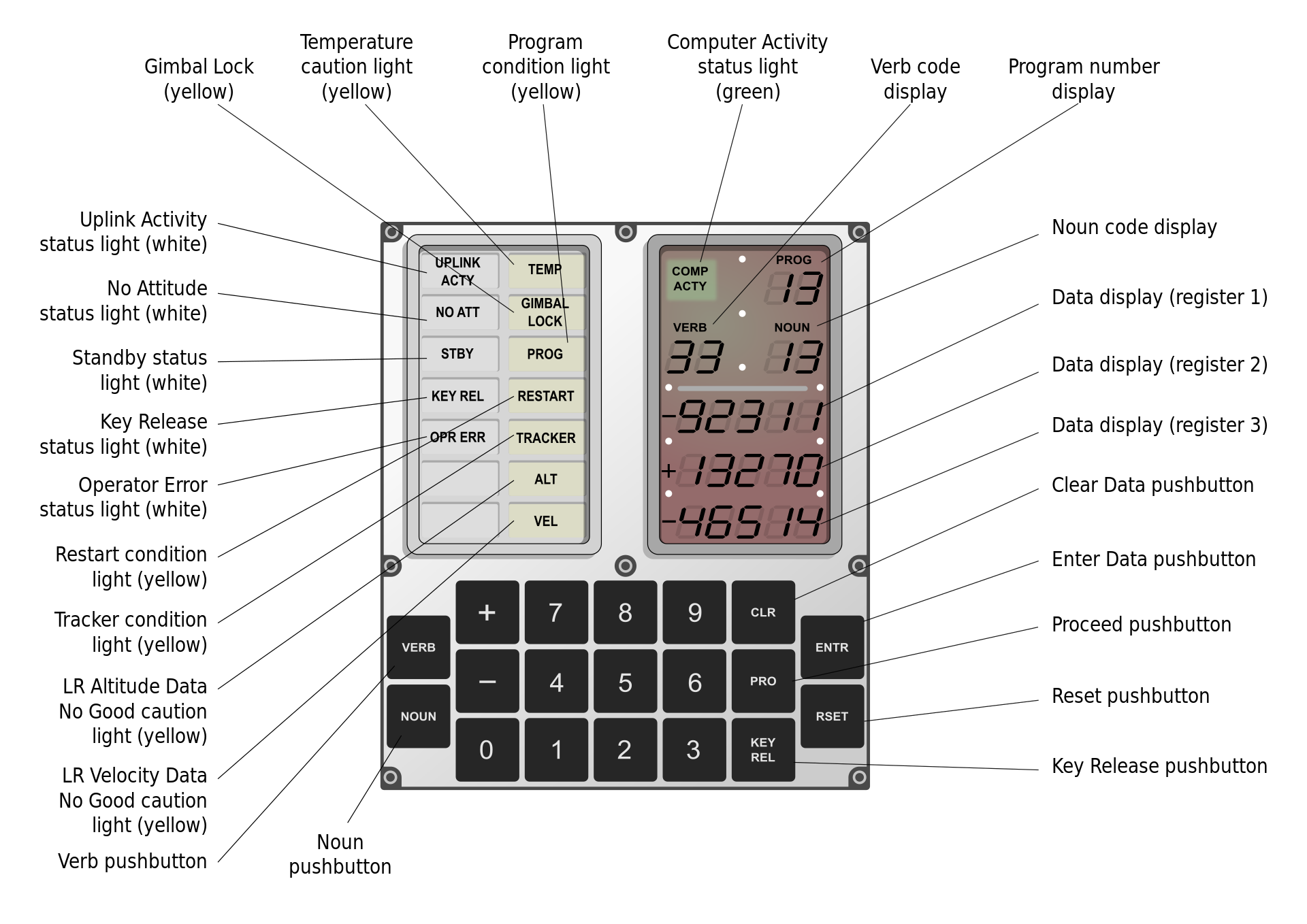50 years ago, two men landed on the moon. But that doesn’t tell the whole story. It was actually two men and a computer: the AGC, or Apollo Guidance Computer. So how powerful was the Apollo 11 computer compared to today’s PCs?
The specifications of the Apollo 11 computer are laughable by modern standards. A 1.024MHz processor with 2KB of RAM compares so poorly to the power inside a modern computer that it becomes ridiculous.
We could simplify it and say a laptop with a 2GHz processor is roughly 2,000 times faster, but that ignores the fact that a modern laptop typically has a quad-core processor. 8,000 times faster then? It truly becomes meaningless.
A more realistic measurement is always based on tasks: how much quicker could a modern computer perform a task than the Apollo 11 computer?
Here we hit yet another hurdle, because computing hardware doesn’t live on its own. It’s designed in tandem with software, and at this point we should give all due credit to NASA’s engineers for squeezing so much out of such a basic system. And all through a series of push buttons and minimalist data displays, as shown below.

A thought experiment
To give a better perspective, then, let’s try and compare apples with apples. Back in 2012, Canadian computer programmer Jeff Preshing crunched some SPECint (a cross-platform benchmark) numbers to show the improvements of single-threaded CPU performance between 1995 and 2011.

As you can see, the first ten years or so saw explosive growth of around 50% per year. Then we hit some physics-based limitations (and AMD/Intel started concentrating on multicore performance) and it slowed to 20% per year.
If we extrapolate back to 1969 and assume 25% improvements in single-threaded performance then that gives us a rough figure of 250x increase in speed from 1969 to 1995. Back of the envelope figure? Sure. But I suspect it’s still conservative.
Plug that into the graph above and you’ll see an increase of just under 50,000 between 1969 and 2011. Obviously, things have moved on in the intervening years, but even if we assume that growth kept at a steady 10% then we’re looking at a new figure of around 97,000x.
So, by these admittedly fudged calculations, a modern computer is roughly 100,000 times faster than the Apollo 11 computer.
Landing a man (or woman) on Mars should be a cinch.
Images courtesy of NASA.
READ THIS NEXT: What’s the difference between the internet and the World Wide Web?



Listen to 13 minutes to the moon (BBC podcast), which covers the computer in one of its episodes. The memory was actually WOVEN, and the computer weighed 35kg
Although the digital computer was limited, any analogue computers onboard could have been quite significant, which I’m sure must have been used – perhaps for PID control or simpler (which isn’t a programmable computer as such). Many of these controllers would have required significant computing power to attain to the same resolution and speed. In 1965, the uA709 was around. So to assume the mission ‘hung on 2k 1MHz computer’ and two or three crew would be wrong. Even now, it would be hard work for a single computer to replace the analogue system. Nevertheless, there isn’t much data on the analogue electronics they had on Apollo 11 – so I’m guessing a little.